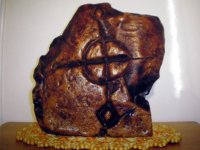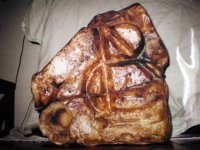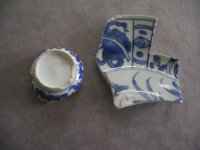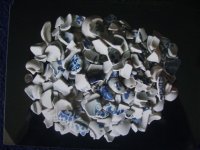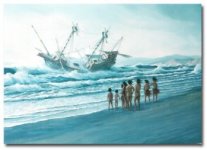xaos
Bronze Member
- Jul 3, 2018
- 1,063
- 2,302
- Primary Interest:
- All Treasure Hunting
Starting new thread from information on a different thread..
The Manila Galleon Trade Route was the major route traveled by Spanish galleons from 1565 to 1815 across the Pacific connecting Acapulco in New Spain (Mexico) to the east and Manila, Philippines in the west. The galleons carried spices, porcelains and other luxury goods from Asia in return for silver from the Americas.
Route of the Manila Galleons
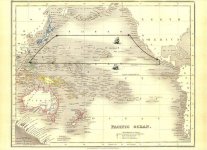
Route to the Americas, typical cargo:
East Indies "gold"
Chinese silks and gauzes, Cantonese crepes, velvets, taffetas, damask and brocades
Stockings, cloaks, robes, skirts, bodices and kimonos
Bed coverings and tapestries
Chinese table linens and handkerchiefs
Church vestments made in China
Cotton and cotton goods from India
Persian and Chinese rugs
Jewelry of gold set with diamonds, rubies and pearls
Jewel studded sword hilts
Alligator teeth, some mounted with gold
Women’s combs
Fans, ivory castanets, copper cuspidors (spittoon)
Articles of ivory, jade and jasper
Sandalwood
Earthenware and porcelain
Manila cigars
Tea from China
Spices (clove, cinnamon, pepper, nutmeg)
Musk, borax red lead, camphor
Animals
Slaves
Since we really dont find these items on Spanish wrecks going back to the Europe, I am not sure they were that popular...
Jewelry of gold set with diamonds, rubies and pearls
Jewel studded sword hilts
Alligator teeth, some mounted with gold
Spice and silk would have been the most valuable cargo. The beeswax for candles, perhaps popular as well.
The Manila Galleon Trade Route was the major route traveled by Spanish galleons from 1565 to 1815 across the Pacific connecting Acapulco in New Spain (Mexico) to the east and Manila, Philippines in the west. The galleons carried spices, porcelains and other luxury goods from Asia in return for silver from the Americas.
Route of the Manila Galleons

Route to the Americas, typical cargo:
East Indies "gold"
Chinese silks and gauzes, Cantonese crepes, velvets, taffetas, damask and brocades
Stockings, cloaks, robes, skirts, bodices and kimonos
Bed coverings and tapestries
Chinese table linens and handkerchiefs
Church vestments made in China
Cotton and cotton goods from India
Persian and Chinese rugs
Jewelry of gold set with diamonds, rubies and pearls
Jewel studded sword hilts
Alligator teeth, some mounted with gold
Women’s combs
Fans, ivory castanets, copper cuspidors (spittoon)
Articles of ivory, jade and jasper
Sandalwood
Earthenware and porcelain
Manila cigars
Tea from China
Spices (clove, cinnamon, pepper, nutmeg)
Musk, borax red lead, camphor
Animals
Slaves
Since we really dont find these items on Spanish wrecks going back to the Europe, I am not sure they were that popular...
Jewelry of gold set with diamonds, rubies and pearls
Jewel studded sword hilts
Alligator teeth, some mounted with gold
Spice and silk would have been the most valuable cargo. The beeswax for candles, perhaps popular as well.
Last edited:


